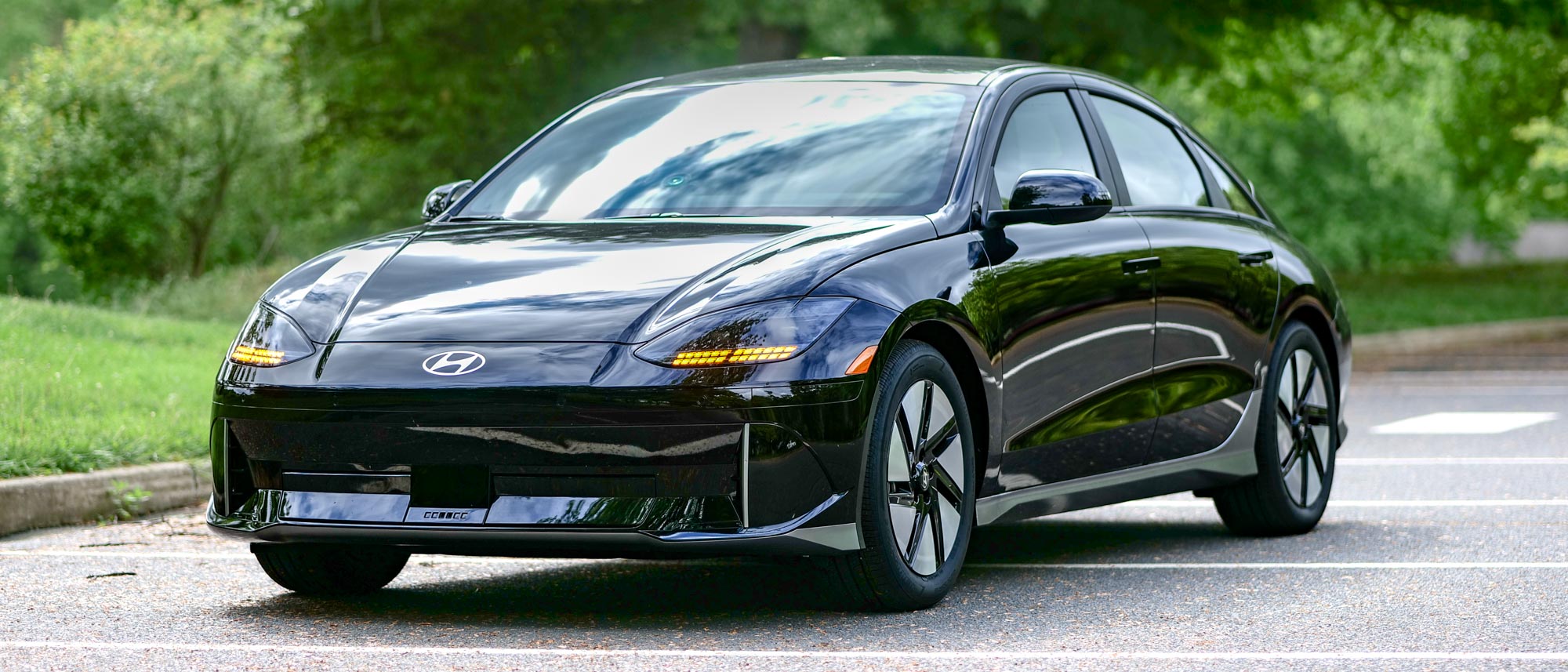
Tesla’s Model 3 has become the new Toyota Corolla on the road. That’s not a bad thing per se, especially when it’s one of the most affordable EVs that money can buy right now — but it’s also very ubiquitous right now. That’s why the Hyundai Ioniq 6 is an alternative for those who want to drive in something a bit different looking. It’s also packed with rich features that keep you safe and entertained, without getting into luxury car territory.
After driving the Hyundai Ioniq 6 for an entire week, I got a good idea of how it stacks up in the EV market. It’s also technically the first all-electric sedan I’ve driven, after I spent time with the Ford F150 Lightning and Lexus TX550H+. Even though I’ve raved about how PHEVs (plug-in hybrids) like the Lexus TX550H+ can bridge the gap between traditional gas-powered vehicles and all-electric ones, I understand even more about the advantages of all-electric power after driving the Hyundai Ioniq 6.
With an MSRP of $42,450, the Ioniq 6 certainly gives the comparable AWD version of the Tesla Model 3 a run for its money. Here’s my pros and cons about the Hyundai Ioniq 6.
It looks a lot like a Porsche
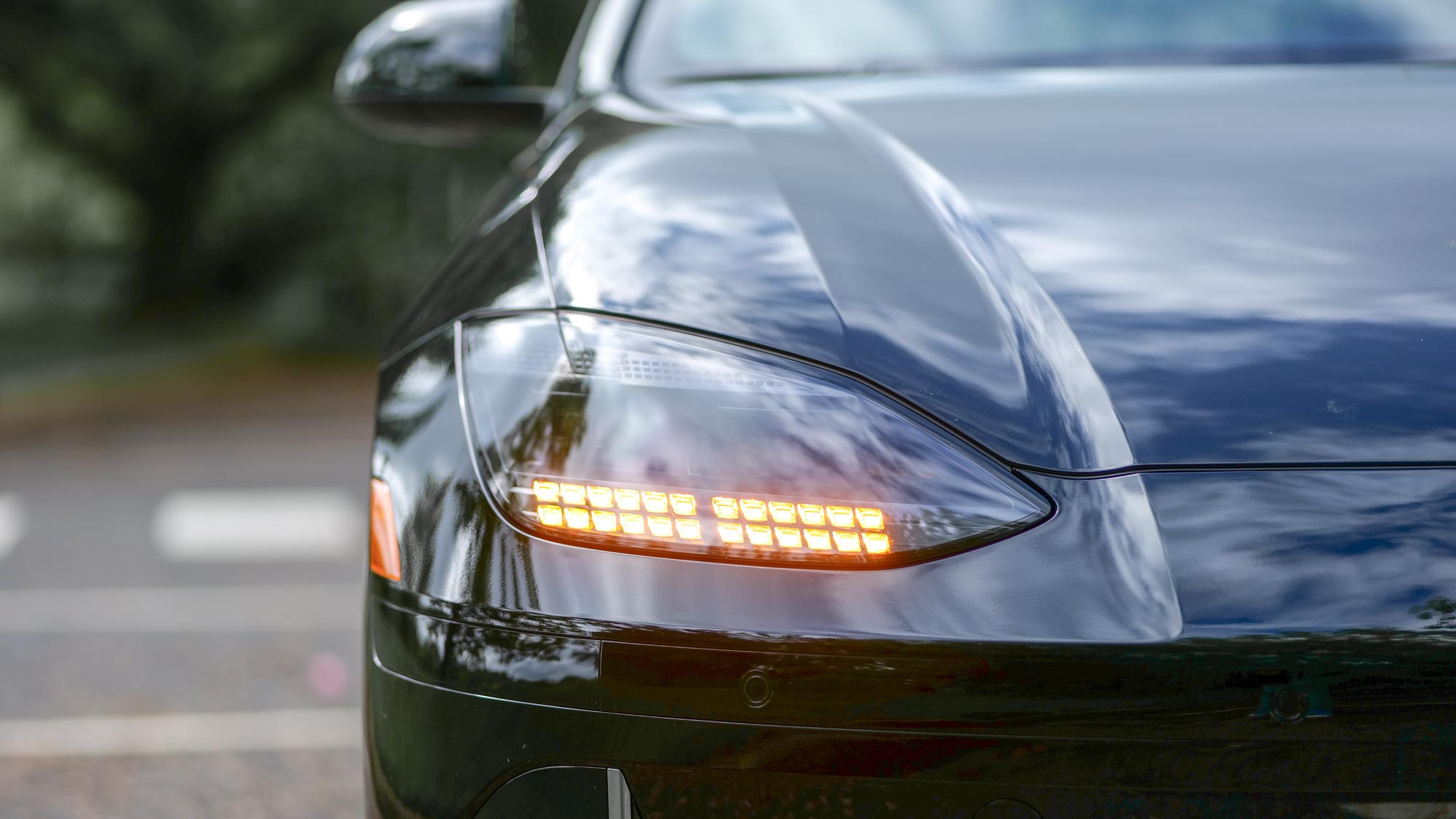
Immediately the first thing that popped into my head upon laying eyes on the Ioniq 6 is how it reminded me of a Porsche Cayman. I wasn’t the only one who thought that either because I’ve had several other strangers tell me that, too.
From its side, the Ioniq 6 distinctively has almost the same striking design traits of a Porsche Cayman, complete with a sloping top that meets a lip spoiler in the rear. Its bubbled look from the side also echoes the Porsche, but I really like the sporty tone that its headlights evoke when they come on — especially the LEDs at the bottom of the headlights.
Spacious interior
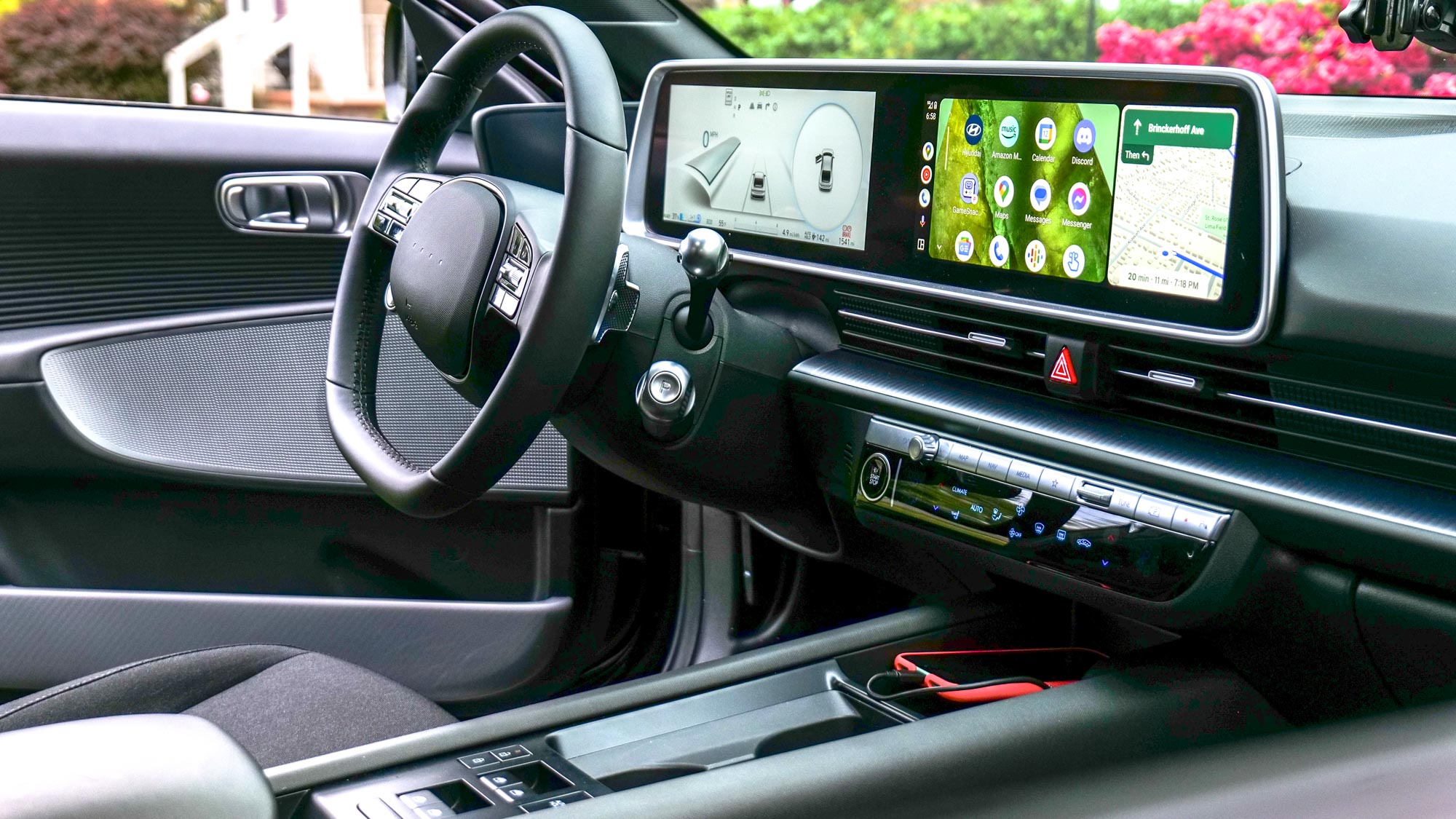
As much as I admired the sporty design of the Ioniq’s exterior, the interior was a far different story because rather than going for a matching style, there’s this futuristic, minimalist approach to the design of the Ioniq 6's inside. I can tell that it’s trying to match the Tesla Model 3’s aesthetic, complete with a dashboard that’s occupied by a panoramic display consisting of a 12.3-inch touchscreen display.
What I really find more surprising about the Ioniq 6 interior is how much space there is everywhere. Usually the rear passenger seats tend to have little leg room, but I’m surprised by how roomy it is after sitting back there.
One touch drive mode
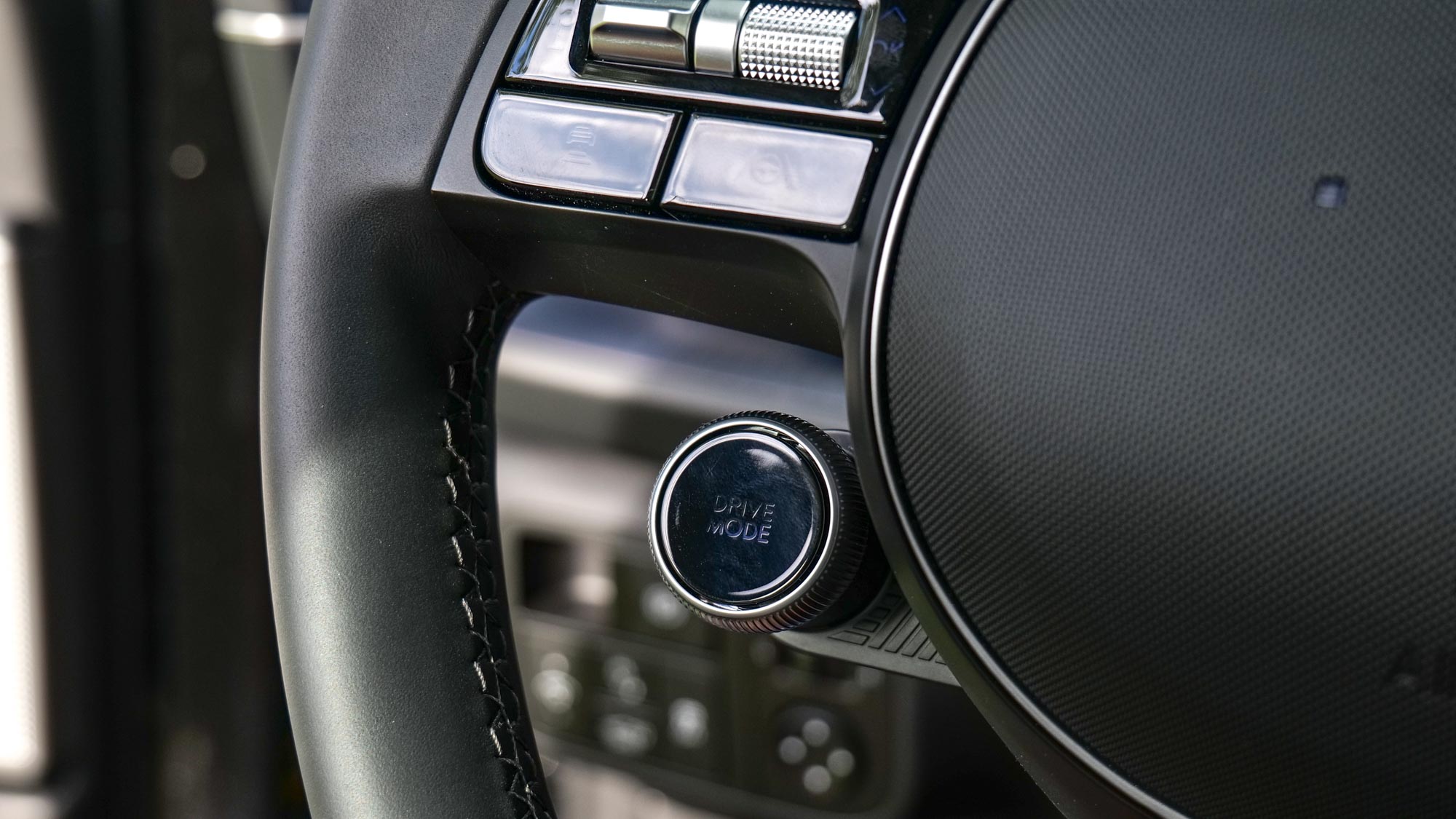
Positioned directly in the bottom left area on the steering wheel, I impulsively pressed down on the Drive Mode button just to see what would happen. Initially I thought this would engage the one-pedal driving mode in most EVs, but it turns out the button switches the car’s driving mode — allowing me to choose from eco, normal, and sport modes.
For the majority of my week’s worth of driving the Hyundai Ioniq 6, I kept it in eco mode to preserve as much of the charge as possible. However, I love how I can instantly get more power and responsiveness with acceleration in sport mode.
Android Auto only available with a wired connection
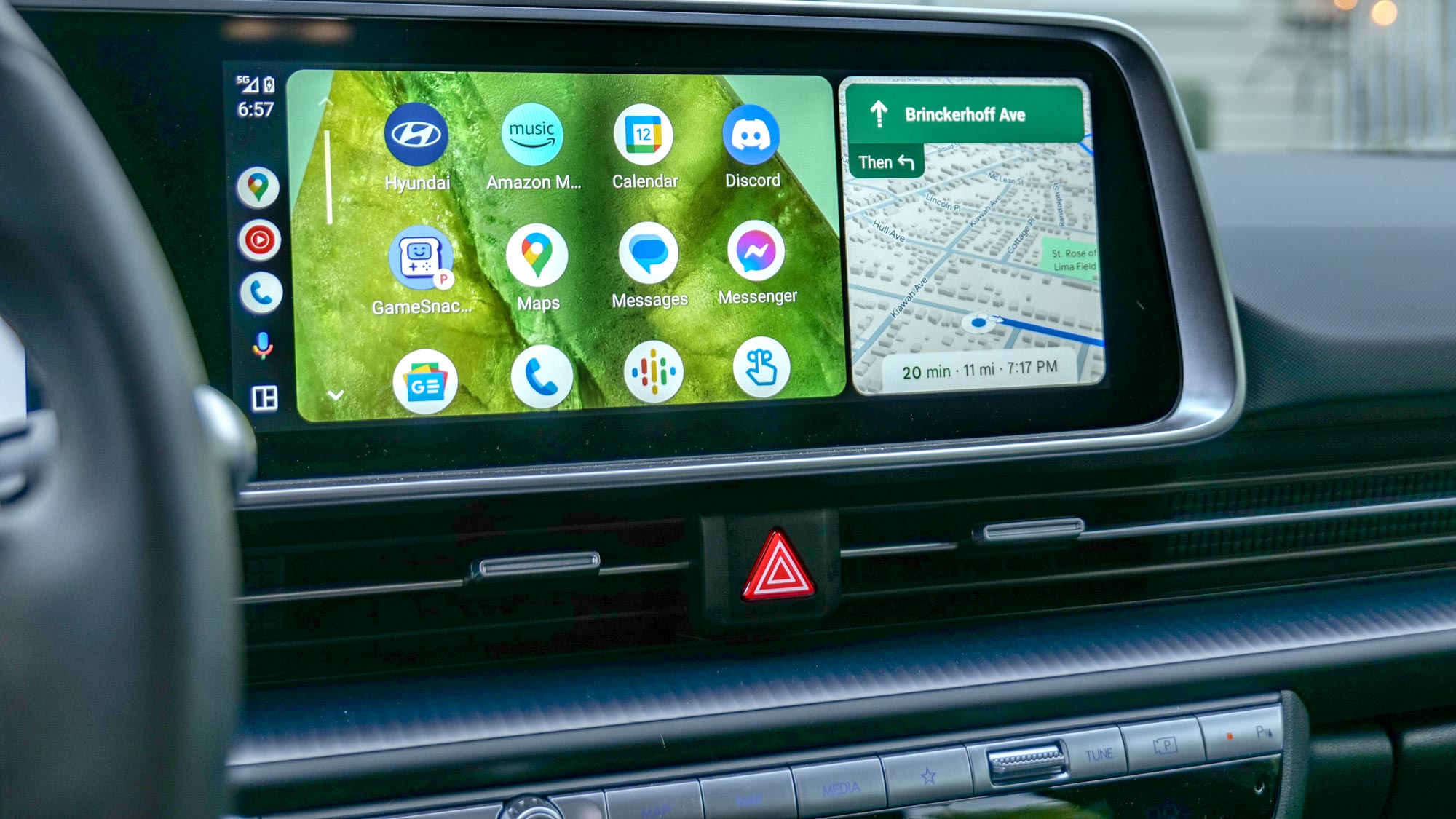
Up until now, I’ve been able to pair my Android phones to the electric cars I’ve been test driving. It’s been wireless up until the Ioniq 6, which for some reason only offers Android Auto through a wired connection via USB-C — so I’m constantly reminding myself to connect my Google Pixel 8 Pro each time I get into the EV. This may not be a big deal breaker for some, but it’s just more convenient to simply have the car's infotainment system connect wirelessly to my phone.
Ample driver assist features
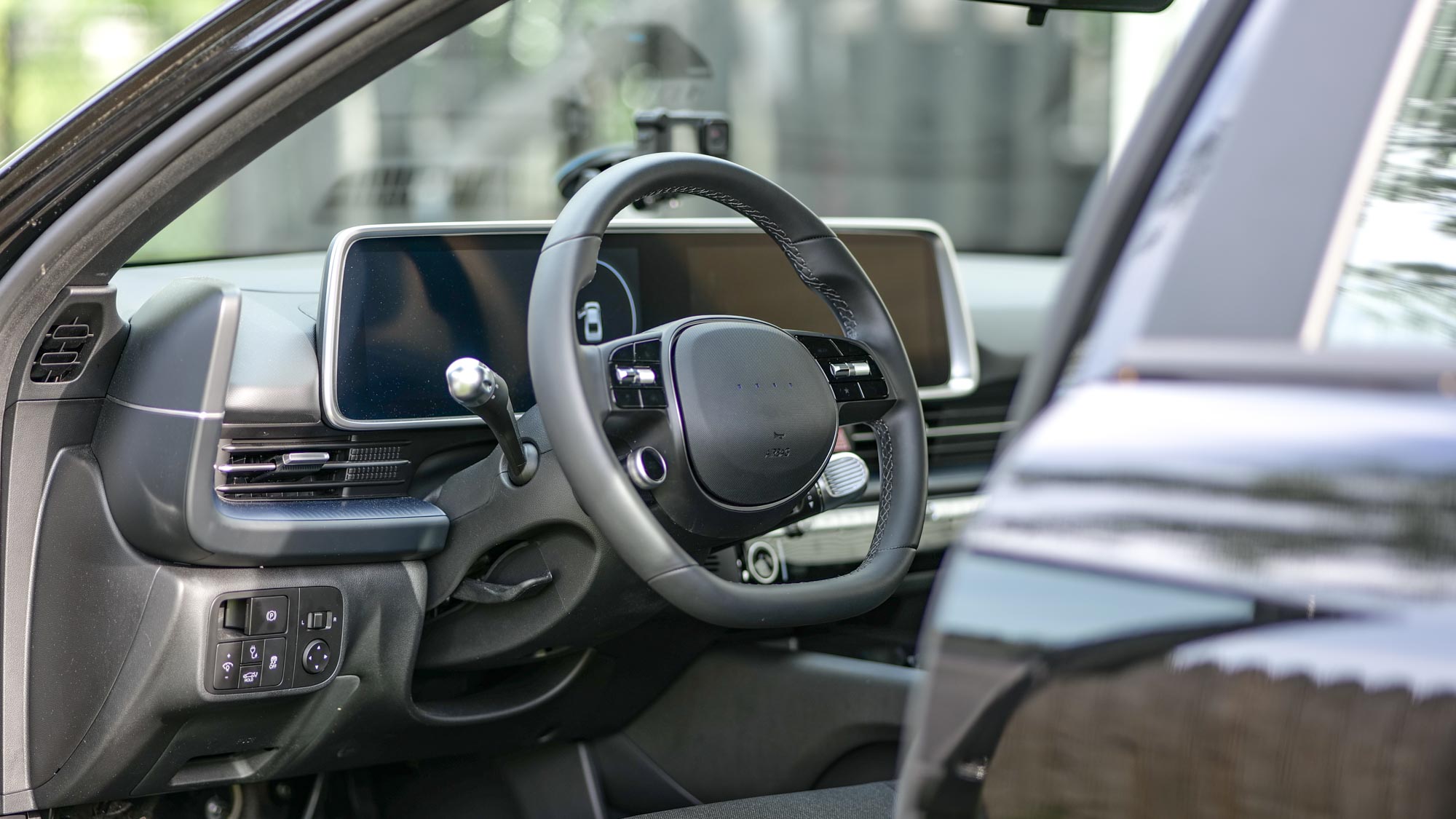
One thing I’ve learned in driving newer cars versus my 15-plus-year-old sedan is how they’re packed with helpful safety features. The Hyundai Ioniq 6 features all of the driver assist features I’ve come to rely on while driving — like lane assist that keeps me in the middle of the lane, smart cruise control that will apply acceleration and braking for me, and automatic high beams that turn off automatically when there’s a vehicle in front of me. I’m a confident driver, but these features add an extra layer of protection while I’m driving.
Aggressive regenerative braking
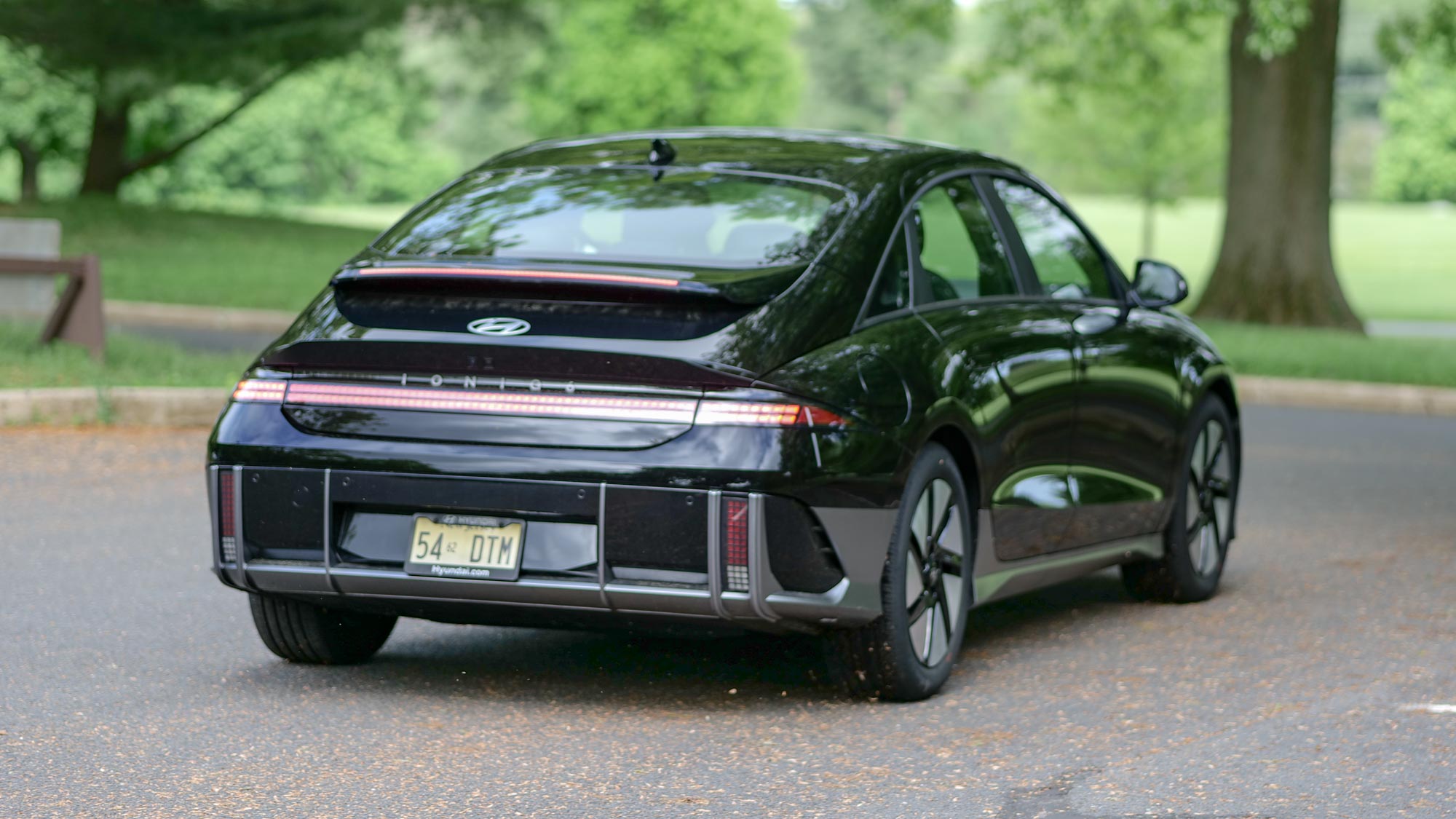
First time EV drivers may be in for a shock with the Hyundai Ioniq because of its aggressive regenerative braking system. It feels a bit more aggressive in the sense that it feels like the car’s already hitting the brakes as soon as I let up on the accelerator, which could seem a bit jarring. There’s a setting to tone it down a smidge, but I felt it was still on the aggressive side. However, I pretty much got acquainted with this feeling and got adjusted to it after the first day with the Ioniq 6.
Long range driving
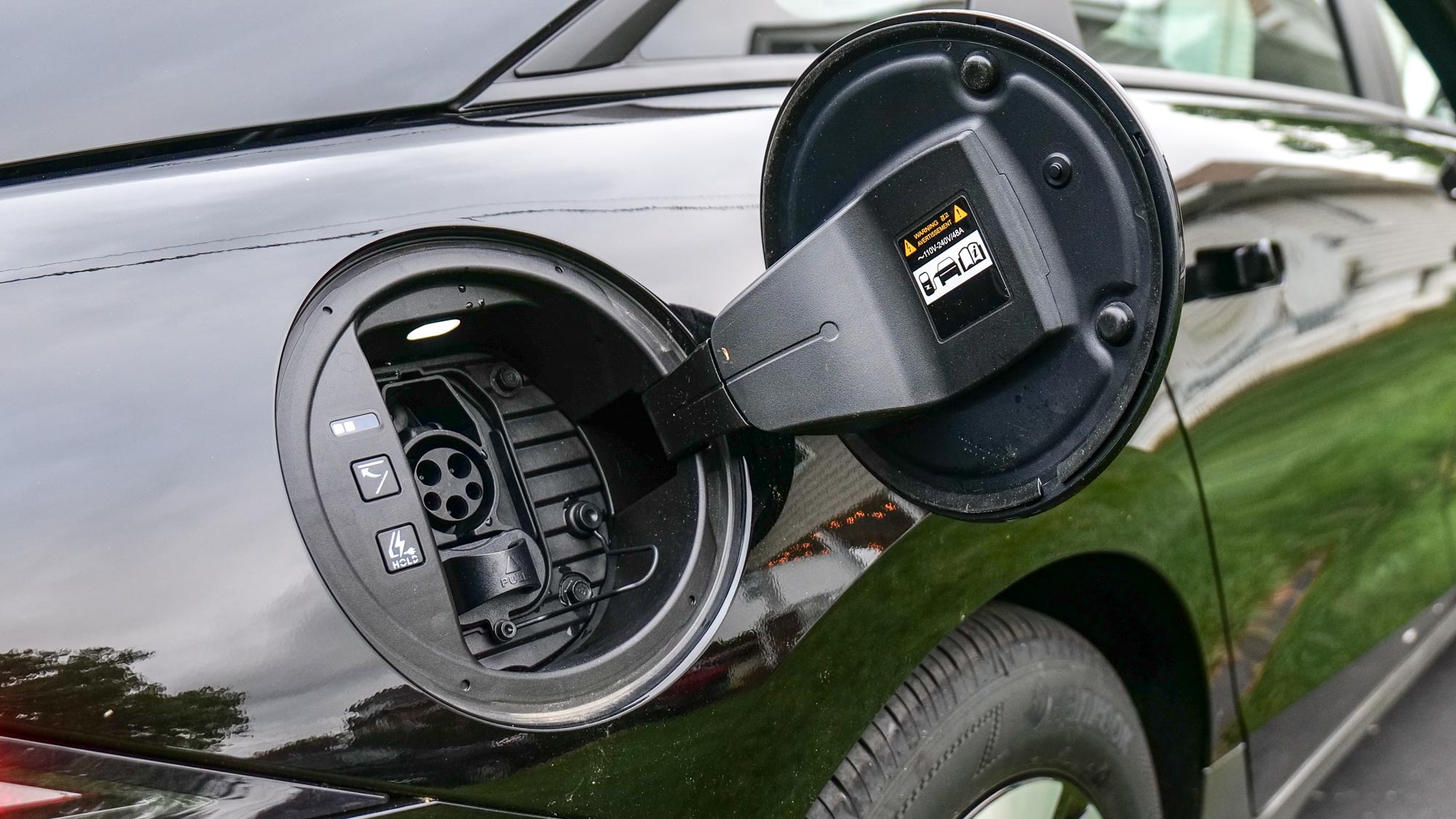
The Hyundai Ioniq 6 proves that electric cars can go the distance with its estimated 361-mile all-electric range. By comparison, the Tesla Model 3 AWD long range model has an estimated 341-mile range.
This means the Ioniq 6 is perfect for long-distance traveling or vacations because you won’t have to make frequent stops to recharge. If you have to do that, just know the Ioniq 6 can go from 10% to 80% with 18 minutes of charging with a 350 kW DC fast charger. At home, it takes approximately 5 hours and 20 minutes to charge the car from 10% to 80%.







